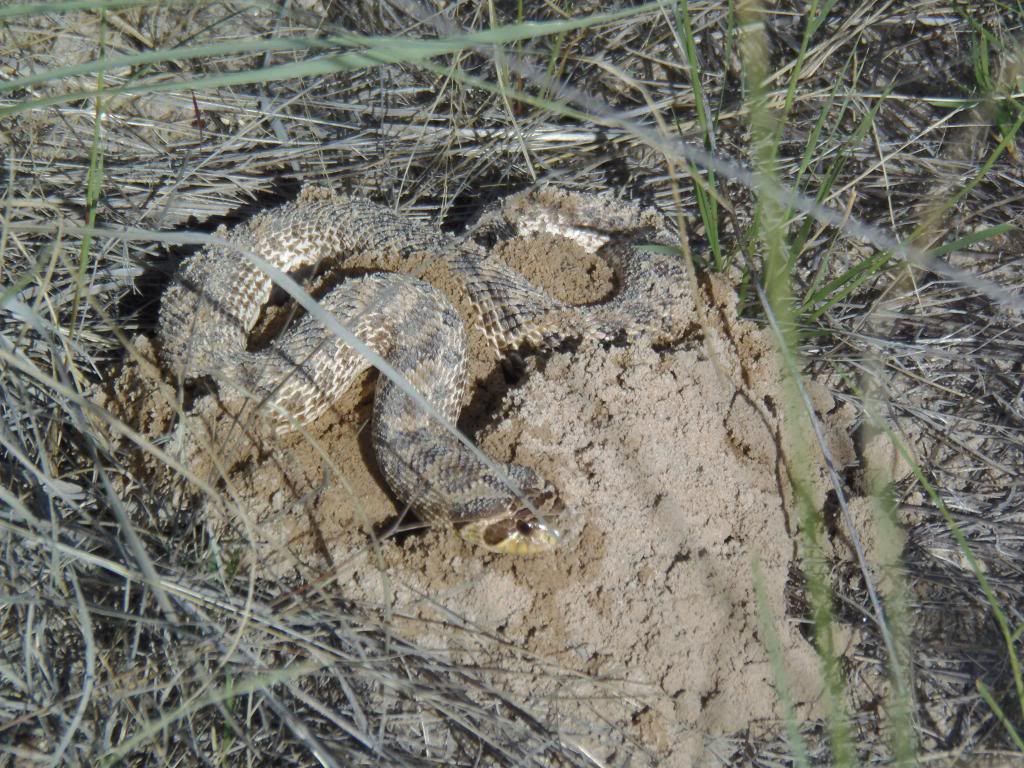Posted by:
FR
at Thu Jul 3 10:41:41 2014 [ Report Abuse ] [ Email Message ] [ Show All Posts by FR ]
Of course Caracal, what do you think I should do? Change my direction because you ask a question.
Please understand, My theories and my facts, are mine based on what I have done and observed and read. Yours are yours. I would not think anything said on the internet should change that. Not from me or Gregg or you.
1. I form hypothesis and test them. This nesting thing is based on need, which I mentioned, many folks have problems with their hogs becoming egg bound. NOT YOU, OTHERS.
2. I have lots of experience with snakes, torts, lizards, decreasing and eliminating egg binding, by the use of proper nesting. The results also increase the health and strength of the females, post deposition.
3. I have seen hog nests in nature. I know the composition and its the polar opposite of whats commonly used here.
So any halfway scientific person, would have probable cause to test different materials and actually see what does what.
1. sphagnum moss. Foreign to hognose habitat, very acidic, but is lite and holds water.
2. coco puff and sand mix, neutral and means most normal criteria for nesting captive snakes.
3. the most interesting is, taking material from exactly where my genetic animals were collected and nests were found.
Test all three, quantify(which means do it many times) and compare. Sir, that is what I am DOING.
You can also participate and test such things as store bought sand, or sand from southern hog or eastern hog habitats. Or not do anything and sit and watch, it would be nice if you participated. That's your choice. There is nothing that you say that will effect what I am doing, unless you participate. What you think is up to you, what you do is up to you. That all this has to be explained to you, is all about you.

Such evidence as the material in this picture, an in situ female hog. Supports cause to test that material. pt1
[ Reply To This Message ] [ Subscribe to this Thread ] [ Hide Replies ]
 When faced with questions from below - FR, Thu Jul 3 10:41:41 2014 When faced with questions from below - FR, Thu Jul 3 10:41:41 2014
|





